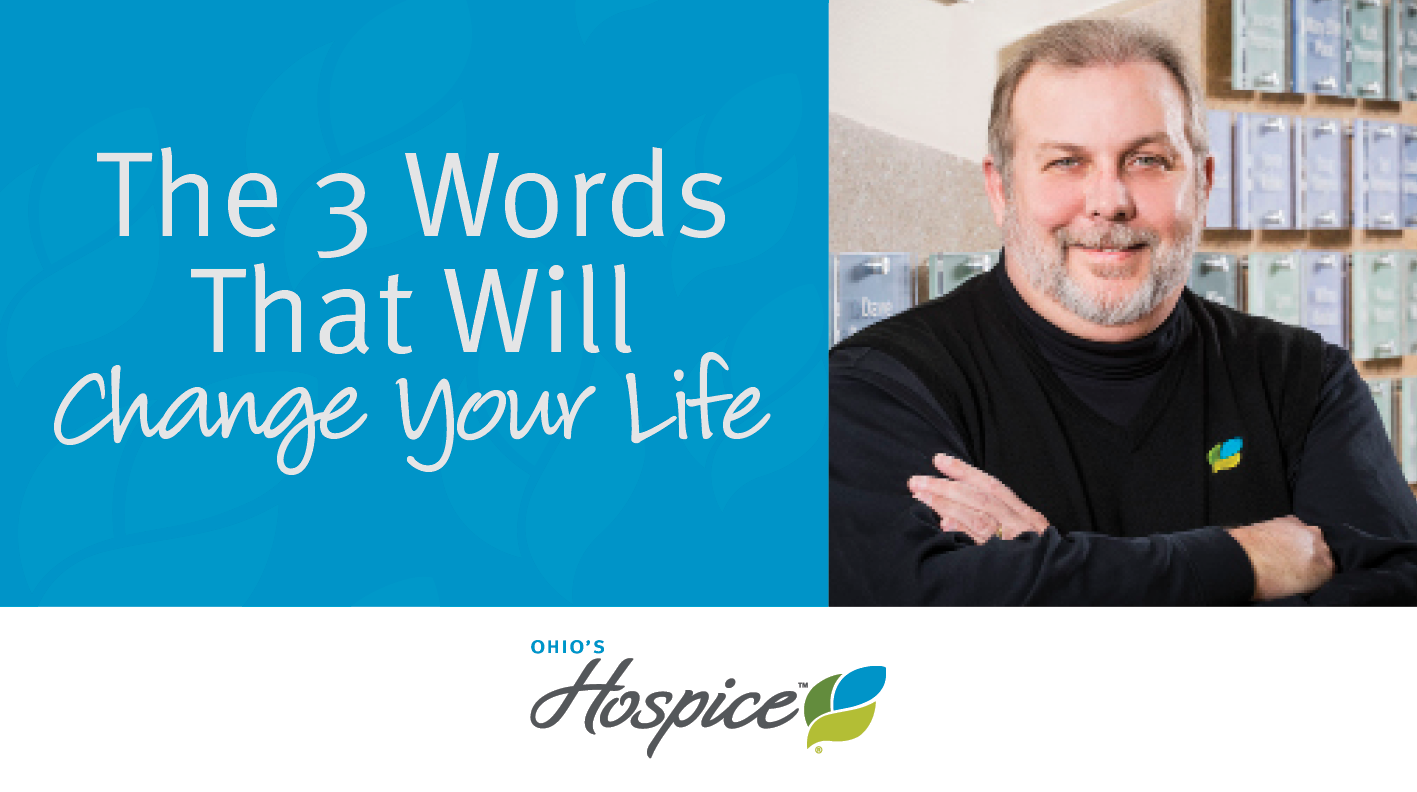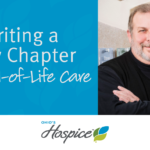
The Three Words That Will Change Your Life
Do not resuscitate. These are three powerful and confusing words for families and patients. They are words weighty with the implication of inactivity. The misperceptions—and subsequent heartbreaking conversations—caused by this three-word phrase are real. Families are torn over the language of “do not resuscitate” because it goes against our well-meaning impulse to “do something.”
As leader of Ohio’s Hospice, I’ve seen first-hand how much families struggle with the incredibly difficult DNR question: Do they want caregivers to exhaust all medically possible methods to resuscitate a loved one, or is it OK to allow them to die a natural death?
That’s why we need a new conversation, and we need new language that more accurately describes what actually happens during those last stages of life.
Instead of asking families if they want a DNR, or “do not resuscitate” order, I contend that all of us in the medical profession should shift to asking families if they prefer AND, or “Allow a Natural Death.”
Allowing a natural death lets patients face death in accordance with their own body. If they are in pain, we can treat the pain. If they’re short of breath, we can help make them comfortable.
DNR by its very nature seems to carry judgment. It seems to be asking: Don’t you want us to do everything in our power to keep your loved one alive?
Instead, we should be asking: How can we do everything in our power to give you and your loved one the loudest voice in the end-of-life discussion?
The conversation is improving, but there’s a long way to go:
A recent New York Times article illustrates the gap between how the medical community handles end-of-life issues and how well we’ve educated the public at large.
Do most people know that patients receiving aggressive medical care in their last six months of life don’t live any longer than those receiving less intensive measures? Or that resuscitation can be excruciatingly painful, and only 5 percent of those resuscitated regain consciousness?
They might, actually: over 80 percent of patients say they want to avoid intensive care at the end of life. And things are getting better: availability for palliative care services has increased 150 percent over the past decade, according to the Times article.
But we still have work to do. Talking about allowing a natural death early on can help reframe a difficult argument: instead of doing everything technologically possible, we can help families figure out together what it means to do everything the patient wants, while keeping them comfortable.
Comfort and support: What allowing natural death means to Ohio’s Hospice
Here at Ohio’s Hospice, we strive to help grieving families find meaning as the end of life nears. There are tender, heartbreaking moments; there’s no avoiding that. But I’ve also seen what it does for people when the last memories they spend with loved ones are filled with peace, and not more pain.
I know regulatory change won’t happen overnight. But building awareness is a huge start.
For us, comfort and support are the two main priorities when overseeing a terminally ill patient’s end-of-life care. Allowing a natural death is one of the single most meaningful actions we can take to get us all closer to that ideal.
Three little words. The words are small but the impact is big. It doesn’t seem possible, but when it comes to hospice and end-of-life care, just a few short words can bring an abundance of comfort and support for families and their loved ones.
Having a DNR in place is not the only end-of-life decision that needs considered. Check out DecidetobeHeard.org to learn about other important medical decisions.
Author Profile
Latest entries
 ExpertiseFebruary 20, 2018The Three Words That Will Change Your Life
ExpertiseFebruary 20, 2018The Three Words That Will Change Your Life Thought LeadershipJanuary 17, 2018Writing A New Chapter for End-of-Life Care
Thought LeadershipJanuary 17, 2018Writing A New Chapter for End-of-Life Care News and UpdatesDecember 8, 2017To Lead is to Serve
News and UpdatesDecember 8, 2017To Lead is to Serve ExpertiseNovember 28, 2017Why Choosing a Not-for-Profit Hospice Makes a Difference in Patient Care
ExpertiseNovember 28, 2017Why Choosing a Not-for-Profit Hospice Makes a Difference in Patient Care


